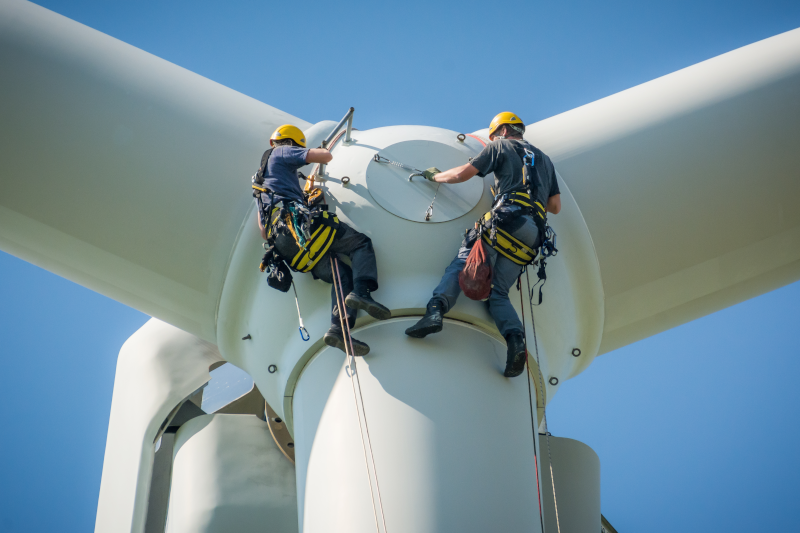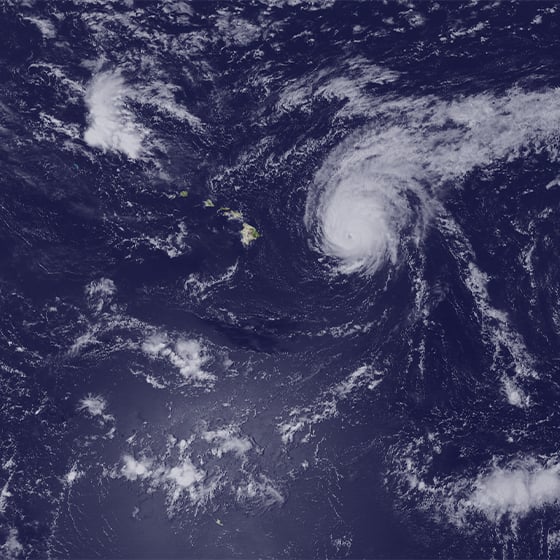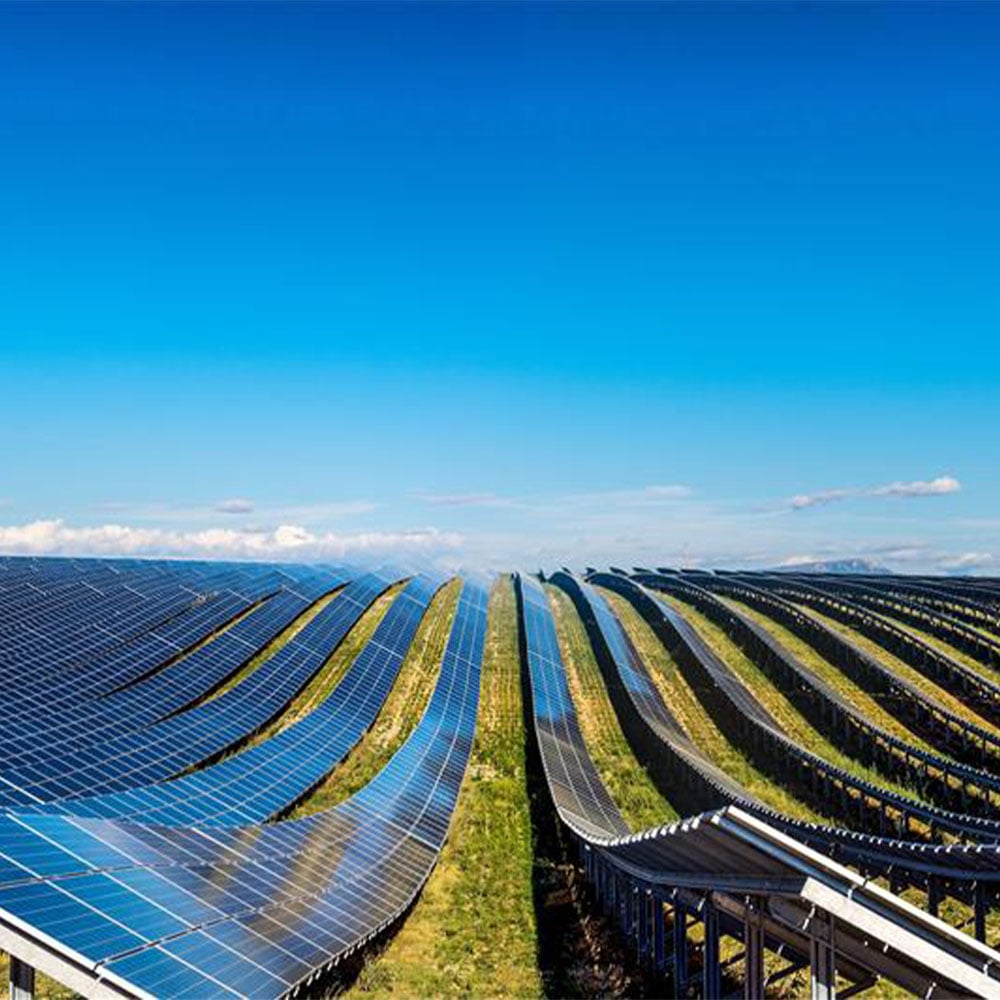
Safeguarding Our Energy Future:
Protecting Europe’s Energy Infrastructure Against Climate Risk.
Clean, reliable and affordable energy is essential to mitigating climate risks and securing the future economic success of Europe. The energy transition is not simply a climate imperative—it is a strategic necessity for economic stability, national security, and long-term prosperity.
But how prepared is the industry for the increasing physical impacts of climate change?
Could Europe’s ambitious renewable energy goals be derailed by extreme weather events?
To understand the scale and severity of this challenge, we conducted a detailed industry analysis using our proprietary climate data models to map and assess the climate risk exposure of energy generating and storage assets across five European countries under an IPCC climate scenario to 2030 and 2050.

UK

Germany

France

Italy

Spain
The changing face of Europe’s energy system
Europe is undergoing a rapid shift to clean energy generation, driven by net zero commitments and the need to achieve security in energy supply.
Given the criticality of renewables to the future energy mix across these countries, our analysis is focussed on solar, onshore wind and hydropower assets.
Key insights from our analysis
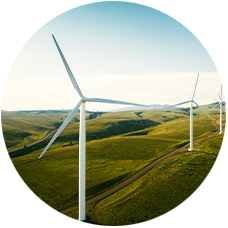
Across Europe, physical climate risks are already a threat. Europe’s renewable generation assets face significantly higher physical risk than conventional assets like gas and oil. More than 93% of France and 98% of Germany’s generation capacity is in the top three risk categories.

Without mitigation, Europe’s energy grid faces significant financial risks. France and Italy have the highest financial exposure, with c.€35 billion and €36 billion in asset value at risk respectively.
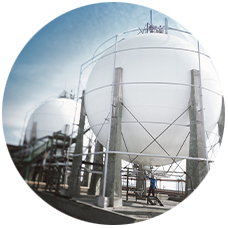
Projections to 2050 indicate that Europe’s future energy generation will remain highly exposed to extreme weather events Energy storage assets are expected to become increasingly vulnerable, with 95% of Italy’s future storage assets placed in the highest risk category.
Renewable energy relies on resilience building efforts
The need for action is clear. Current risk exposures are uncomfortably high and will continue to grow in the years ahead, which is expected to have a major impact on delivery of the clean energy transition in European energy ecosystems.
Find out what companies and policy makers can do to tackle to these challenges by exploring our country-by-country climate risk analysis.
